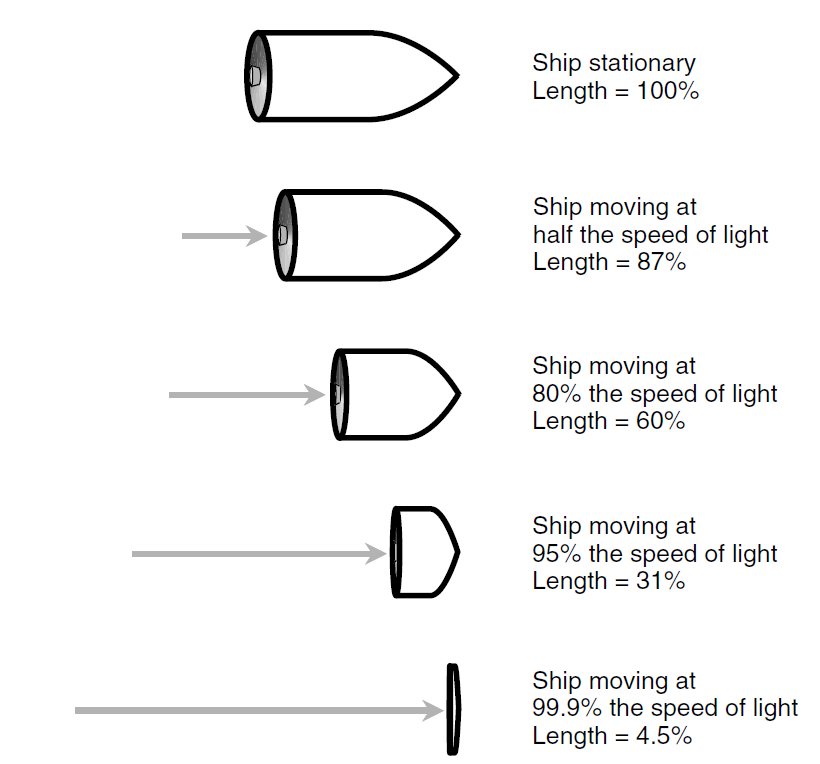
تاريخ الفيزياء

علماء الفيزياء


الفيزياء الكلاسيكية

الميكانيك

الديناميكا الحرارية


الكهربائية والمغناطيسية

الكهربائية

المغناطيسية

الكهرومغناطيسية


علم البصريات

تاريخ علم البصريات

الضوء

مواضيع عامة في علم البصريات

الصوت


الفيزياء الحديثة


النظرية النسبية

النظرية النسبية الخاصة

النظرية النسبية العامة

مواضيع عامة في النظرية النسبية

ميكانيكا الكم

الفيزياء الذرية

الفيزياء الجزيئية


الفيزياء النووية

مواضيع عامة في الفيزياء النووية

النشاط الاشعاعي


فيزياء الحالة الصلبة

الموصلات

أشباه الموصلات

العوازل

مواضيع عامة في الفيزياء الصلبة

فيزياء الجوامد


الليزر

أنواع الليزر

بعض تطبيقات الليزر

مواضيع عامة في الليزر


علم الفلك

تاريخ وعلماء علم الفلك

الثقوب السوداء


المجموعة الشمسية

الشمس

كوكب عطارد

كوكب الزهرة

كوكب الأرض

كوكب المريخ

كوكب المشتري

كوكب زحل

كوكب أورانوس

كوكب نبتون

كوكب بلوتو

القمر

كواكب ومواضيع اخرى

مواضيع عامة في علم الفلك

النجوم

البلازما

الألكترونيات

خواص المادة


الطاقة البديلة

الطاقة الشمسية

مواضيع عامة في الطاقة البديلة

المد والجزر

فيزياء الجسيمات


الفيزياء والعلوم الأخرى

الفيزياء الكيميائية

الفيزياء الرياضية

الفيزياء الحيوية

الفيزياء العامة


مواضيع عامة في الفيزياء

تجارب فيزيائية

مصطلحات وتعاريف فيزيائية

وحدات القياس الفيزيائية

طرائف الفيزياء

مواضيع اخرى
POINT OF VIEW: MASS
المؤلف:
S. Gibilisco
المصدر:
Physics Demystified
الجزء والصفحة:
538
13-11-2020
2134
POINT OF VIEW: MASS
If we travel inside a space ship, regardless of its speed, the masses of all the objects in the ship with us appear normal as long as our ship is not accelerating. However, from the vantage point of Earth, the mass of the ship and the masses of all the atoms inside it increase as its speed increases.
Let m be the mass of the moving ship as a multiple of its mass when it is stationary relative to an observer. Let u be the speed of the ship as a fraction of the speed of light. Then
m = 1/(1 - u2)1/2
= (1 - u2)-1/2
This is the same as the factor k that we defined a little while ago. It is always greater than or equal to 1.
Look again at Fig. 1. As the space ship moves faster, it “scrunches up.” Imagine now that it also becomes more massive. The combination of smaller size and greater mass is a “double whammo” in regard to the density of the ship.
Suppose that the rest mass (the mass when stationary) of our ship is 10 metric tons. When it speeds by at half the speed of light, its mass increases to a little more than 11 metric tons. At 80 percent of the speed of light, its mass is roughly 17 metric tons. At 95 percent of the speed of light, the ship masses about 32 metric tons. At 99.9 percent of the speed of light, the ship’s mass is more than 220 metric tons. And so it can go indefinitely. As the speed of the ship approaches the speed of light, its mass grows larger and larger without limit.

Fig. 1. As an object moves faster and faster, it grows shorter and shorter along the axis of its motion.
 الاكثر قراءة في مواضيع عامة في النظرية النسبية
الاكثر قراءة في مواضيع عامة في النظرية النسبية
 اخر الاخبار
اخر الاخبار
اخبار العتبة العباسية المقدسة

الآخبار الصحية















 قسم الشؤون الفكرية يصدر كتاباً يوثق تاريخ السدانة في العتبة العباسية المقدسة
قسم الشؤون الفكرية يصدر كتاباً يوثق تاريخ السدانة في العتبة العباسية المقدسة "المهمة".. إصدار قصصي يوثّق القصص الفائزة في مسابقة فتوى الدفاع المقدسة للقصة القصيرة
"المهمة".. إصدار قصصي يوثّق القصص الفائزة في مسابقة فتوى الدفاع المقدسة للقصة القصيرة (نوافذ).. إصدار أدبي يوثق القصص الفائزة في مسابقة الإمام العسكري (عليه السلام)
(نوافذ).. إصدار أدبي يوثق القصص الفائزة في مسابقة الإمام العسكري (عليه السلام)


















